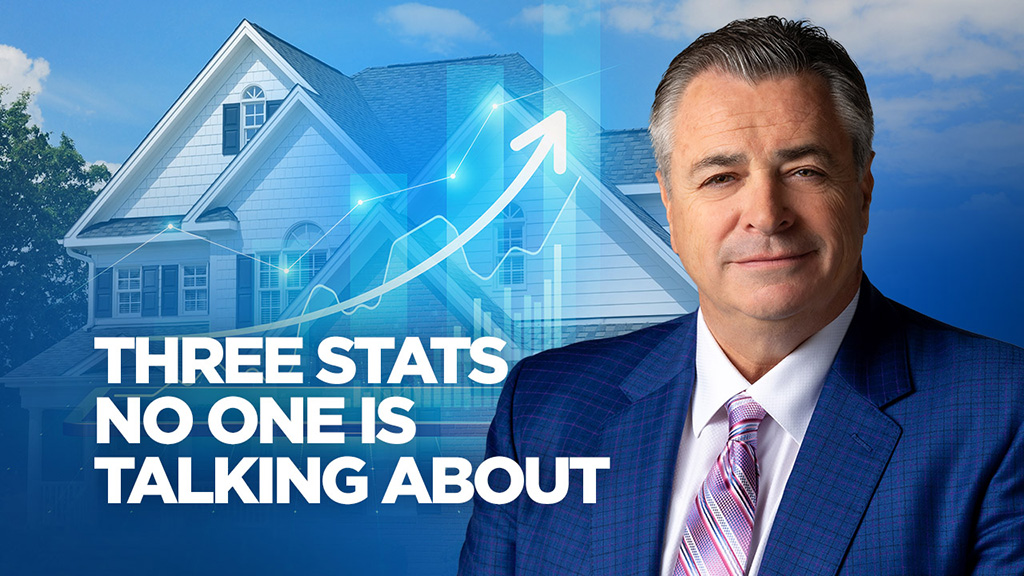Help Your Clients Understand the Current Real Estate Market

Buffini Coaching LIVE is a free, virtual event that will give you the strategies, tools, and confidence to own 2026 from day one. On Jan. 22 Brian Buffini will be joined by industry thought leaders who will share tactics to help you create the breakthroughs, habits and mindset to win. Learn more here.
Today’s real estate market is red hot. With the growing popularity of remote working, the lack of housing inventory and the prevalence of low interest rates, buyer competition has really intensified. As houses sell in record time, prices rise and bidding wars become commonplace, anxiety about a possible housing bubble has spiked. Many consumers are becoming increasingly concerned that there will be a property crash.
As a real estate professional, it’s your job to help clients navigate this challenging market, which means helping them to understand the forces that are driving today’s dynamic. In 2007 – 2008, the housing bubble was caused by low down payments, flexible rate mortgages and an oversupply of property. The 2021 market is very different. Here’s why:
Low Inventory
In today’s market, supply doesn’t outstrip demand. There are a limited number of houses available, with data from the National Association of REALTORS® indicating that there are currently 1.03 million homes for sale in the country. This is a record low, and very far from the high of over 4 million homes for sale during the peak of the housing bubble in July 2007. Meanwhile, buyer demand remains very high: At the start of April, 42% of homes sold for more than their list price – a 16 percentage point increase compared with the same period last year.
Higher Down Payments
During this time, homeowners have been increasing their down payments. In the last six months, the median down payment on a home was $40,987, an increase of 27 % from the same period the previous year. The typical homebuyer made a down payment equal to 15.9% of the sale price, compared with 15.3% a year earlier.
Fixed-Rate Mortgages
Conventional mortgages have increased during the pandemic as more buyers lock in steady, affordable interest rates. More than half (53%) of home sales in the last six months were paid for using conventional loans provided by private lenders, not backed by the federal government. That figure has increased from 49.7% a year earlier. Meanwhile, FHA loans have seen decreases during this time.
Tighter Lending Restrictions
Stricter mortgage qualifications have kept buyers within their means, decreasing the risk of foreclosure. According to NAR, most homeowners can afford the home they’re living in and have accumulated equity from home price increases. This has lessened concerns that there will be a foreclosure crisis like the one that resulted from the last housing bubble.
The market is hot and it looks like it’s going to stay that way for some time to come. Home prices are continuing to surge and sales are happening nearly three weeks faster than during a normal spring homebuying season. Experts predict that more homeowners will list their homes over the coming months and sellers’ asking prices may be starting to flatten in what, so far, appears to follow a typical seasonal pattern. However, with 554,000 fewer homes on the market in April than a year ago and buyer demand at an all-time high, home prices will likely continue to reach new highs.
In this competitive and challenging market, agents need to be sophisticated in communications with clients about larger economic issues. Your real estate coach is the perfect person to help make sure your client communication is on point. For more information about real estate coaching options, schedule a business consultation today.
Eric





